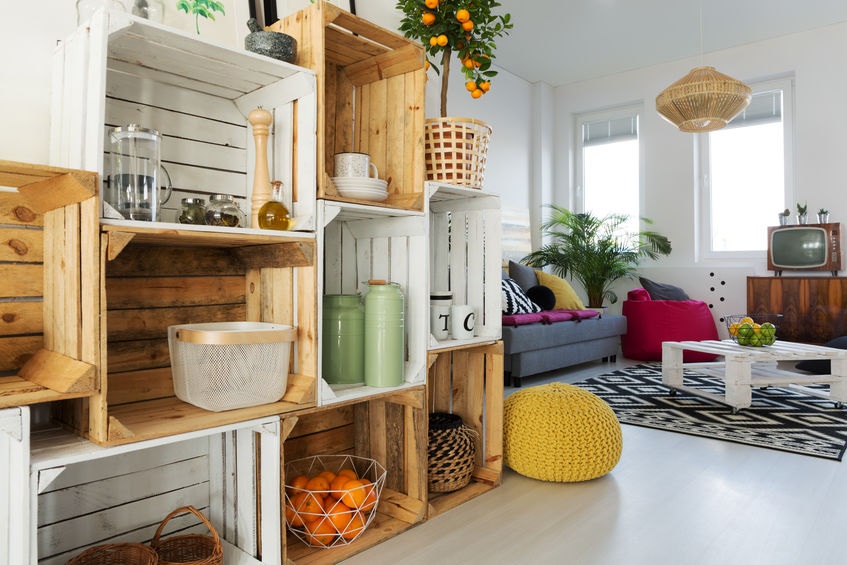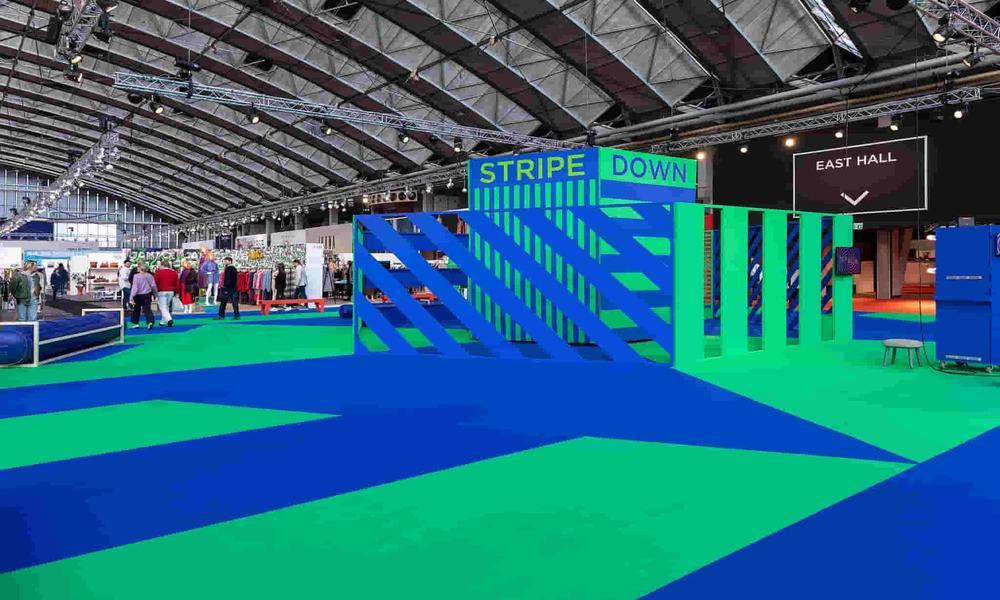Small bathrooms present unique lighting challenges. Maximizing brightness while minimizing energy consumption is crucial. The choice between LED and traditional lighting options like incandescent or fluorescent bulbs significantly impacts both factors. Let’s delve into a comparative analysis, focusing on cost-effectiveness and lighting quality in this specific setting.
Cost-Effectiveness: A Long-Term Perspective
Initially, LED bulbs have a higher purchase price than traditional alternatives. However, the long-term cost-effectiveness tilts heavily in favor of LEDs. Incandescent bulbs, notorious energy hogs, boast lifespans of roughly 1,000 hours. Compact fluorescent lamps (CFLs) extend this to around 10,000 hours. LEDs, on the other hand, can last up to 25,000 hours or even longer. This longevity translates to fewer replacements, saving both time and money. More importantly, LEDs consume significantly less electricity. They can use up to 75% less energy than incandescent bulbs and about 50% less than CFLs for the same level of brightness. In a small bathroom, frequent use of the light fixture adds up. Over the lifespan of the bulb, the reduced energy consumption of LEDs translates into substantial savings on electricity bills, easily offsetting the initial higher cost.
Energy Consumption: A Comparative Analysis
The difference in energy consumption is stark. A 60-watt incandescent bulb produces approximately 800 lumens of light. An LED alternative can achieve the same brightness with only 8-12 watts. CFLs typically need around 13-15 watts. In a small bathroom, where the light is often switched on for short bursts throughout the day, the cumulative energy savings from using LEDs become significant over time. Furthermore, LEDs produce very little heat compared to incandescent bulbs. This is a bonus for small bathrooms, which can quickly become stuffy. Less heat production translates to a cooler environment and potentially reduces air conditioning costs during warmer months.
Lighting Quality: Aesthetic Considerations
The quality of light is a subjective but essential factor. Incandescent bulbs produce a warm, yellowish light that many find flattering. However, LEDs have made tremendous strides in replicating this warmth. LEDs offer a wide range of color temperatures, allowing users to select a “warm white” or “soft white” option that closely mimics the ambiance of incandescent lighting. CFLs, while more efficient than incandescent bulbs, often emit a harsher, cooler light which can be less desirable in a bathroom setting. LEDs also offer superior color rendering, meaning they accurately display the true colors of objects. This is particularly advantageous in bathrooms for tasks like applying makeup or grooming.
Conclusion:
For small bathrooms, LED lighting emerges as the superior choice. While the initial cost may be higher, the long-term savings in energy consumption and replacement frequency, combined with the improved lighting quality and cooler operation, make LEDs a worthwhile investment. The ability to select the desired color temperature and enjoy accurate color rendering further enhances the bathroom experience. While incandescent and fluorescent bulbs may have historic appeal, LEDs have evolved to surpass them in almost every aspect relevant to a small bathroom lighting scenario.






